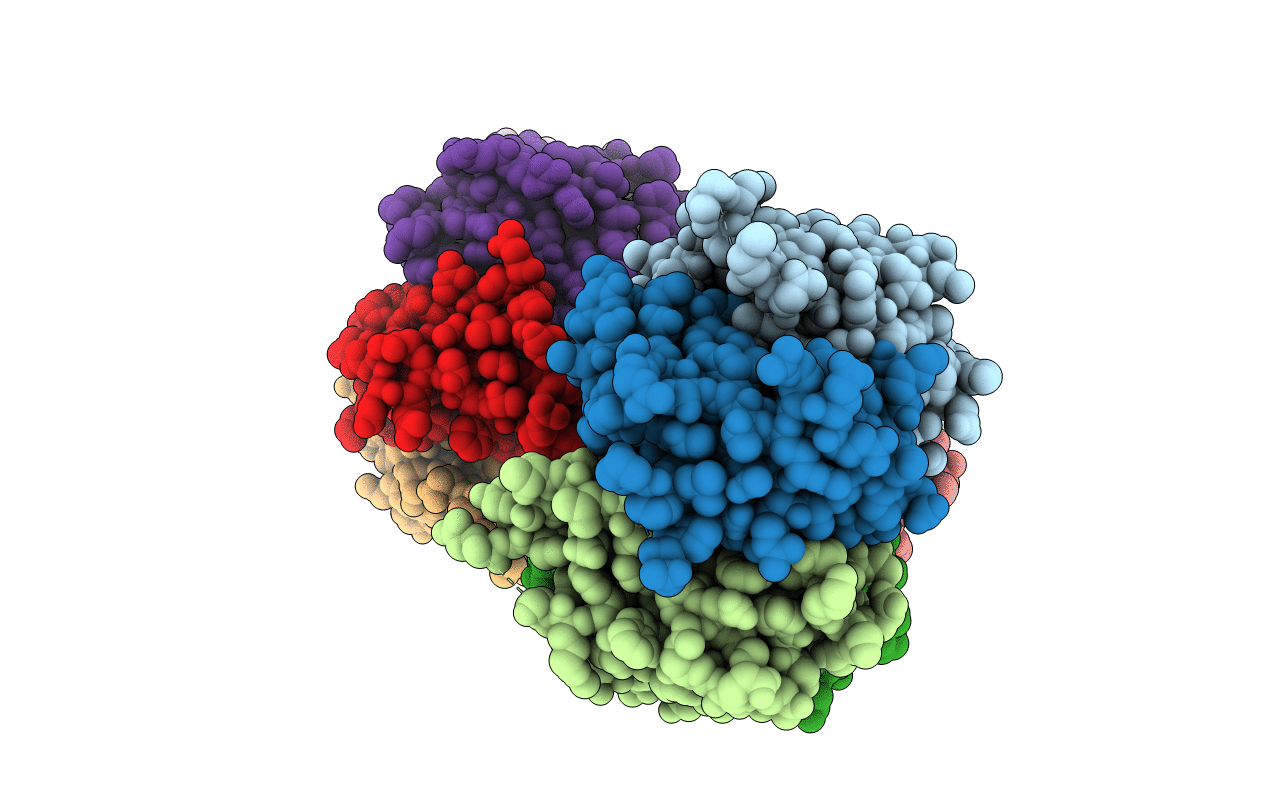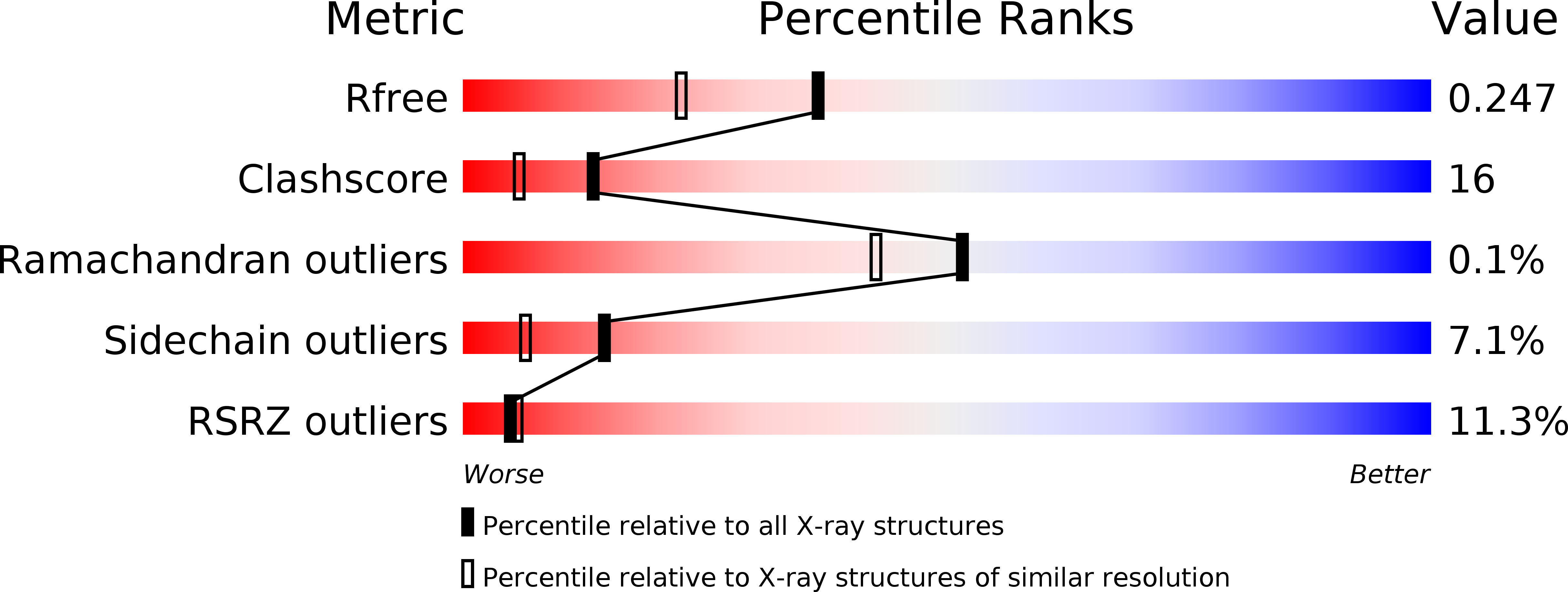
Deposition Date
2011-07-23
Release Date
2011-09-21
Last Version Date
2023-09-13
Entry Detail
PDB ID:
3T30
Keywords:
Title:
Human nucleoplasmin (Npm2): a histone chaperone in oocytes and early embryos
Biological Source:
Source Organism:
Homo sapiens (Taxon ID: 9606)
Host Organism:
Method Details:
Experimental Method:
Resolution:
1.90 Å
R-Value Free:
0.24
R-Value Work:
0.19
R-Value Observed:
0.19
Space Group:
P 1 21 1


